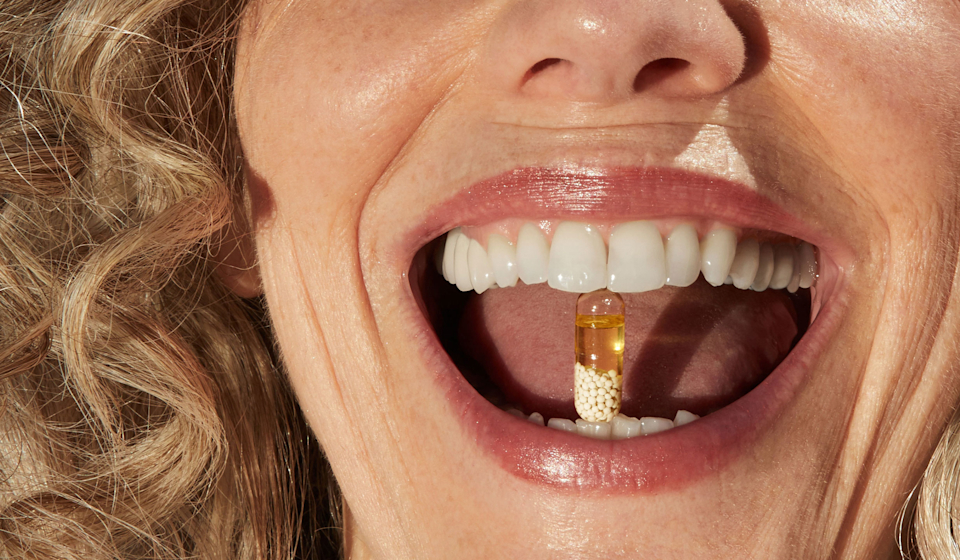What’s Secondary Aging?
If primary aging is purely biological (intrinsic), secondary aging describes the environmental aspect of aging (extrinsic)—the idea that our lifestyle choices can certainly have an impact on our long-term wellbeing and even the aesthetic effects of aging. This can range from our diet and physical activity to stress and even factors like where we choose to live.
Let’s dig into diet as an example. While it’s hard to nail down a universally “correct” way to eat, there are certain consistencies scientists have charted across some of the longest-living populations in the world. These regions, where life expectancy is well above the global average, are known as Blue Zones—and while their residents don’t all eat identically, they do share an emphasis on plant-based foods. The same goes for moving your body—moderate physical activity seems to be something Blue Zone residents have in common. (2)
On the flip side, scientists have also linked choices like smoking, fast food and sugary drinks with poor outcomes for wellbeing and accelerated aging. Research also tells us that a sedentary lifestyle isn’t ideal either. (3,4)
The interesting overlap
Some of the intersection between primary and secondary aging might seem relatively obvious: the idea that sun exposure can accelerate wrinkles, for example, or the correlation between stress and gray hair (yep, it’s actually a thing). (5,6)
This all falls under the school of epigenetics. Basically, while our DNA is set in stone throughout our lives, the way our genes are expressed can change—and certain environmental factors can turn genes “off” or “on.” In other words, our environments and lifestyle choices can impact the biological aspects of how we age—effectively muddying this dichotomy between primary and secondary aging. (7)
The bottom line? While aging is ultimately unavoidable, the choices we make now really can make a difference for the future—whether it’s engaging in moderate physical activity, lathering up with SPF, or complementing a healthy diet with a quality multivitamin.
References:
- Primary Aging. APA Dictionary of Psychology. (n.d.). Retrieved from APA.
- Buettner, D., & Skemp, S. (2016). Blue Zones. American Journal of Lifestyle Medicine, 10(5), 318–321. doi: 10.1177/1559827616637066
- Muller, A. P., Dietrich, M. D. O., Assis, A. M. D., Souza, D. O., & Portela, L. V. (2013). High saturated fat and low carbohydrate diet... in mice. Longevity & Healthspan, 2(1). doi: 10.1186/2046-2395-2-10
- Katzmarzyk, P. T., & Lee, I.-M. (2012). Sedentary behaviour...in the USA: a cause-deleted life table analysis. BMJ Open, 2(4). doi: 10.1136/bmjopen-2012-000828
- Flament, F., Bazin, R., Rubert, Simonpietri, Piot, B., & Laquieze. (2013). Effect of the sun...in Caucasian skin. Clinical, Cosmetic and Investigational Dermatology, 221. doi: 10.2147/ccid.s44686
- How stress causes gray hair. (2020, February 11). Retrieved from National Institutes of Health



